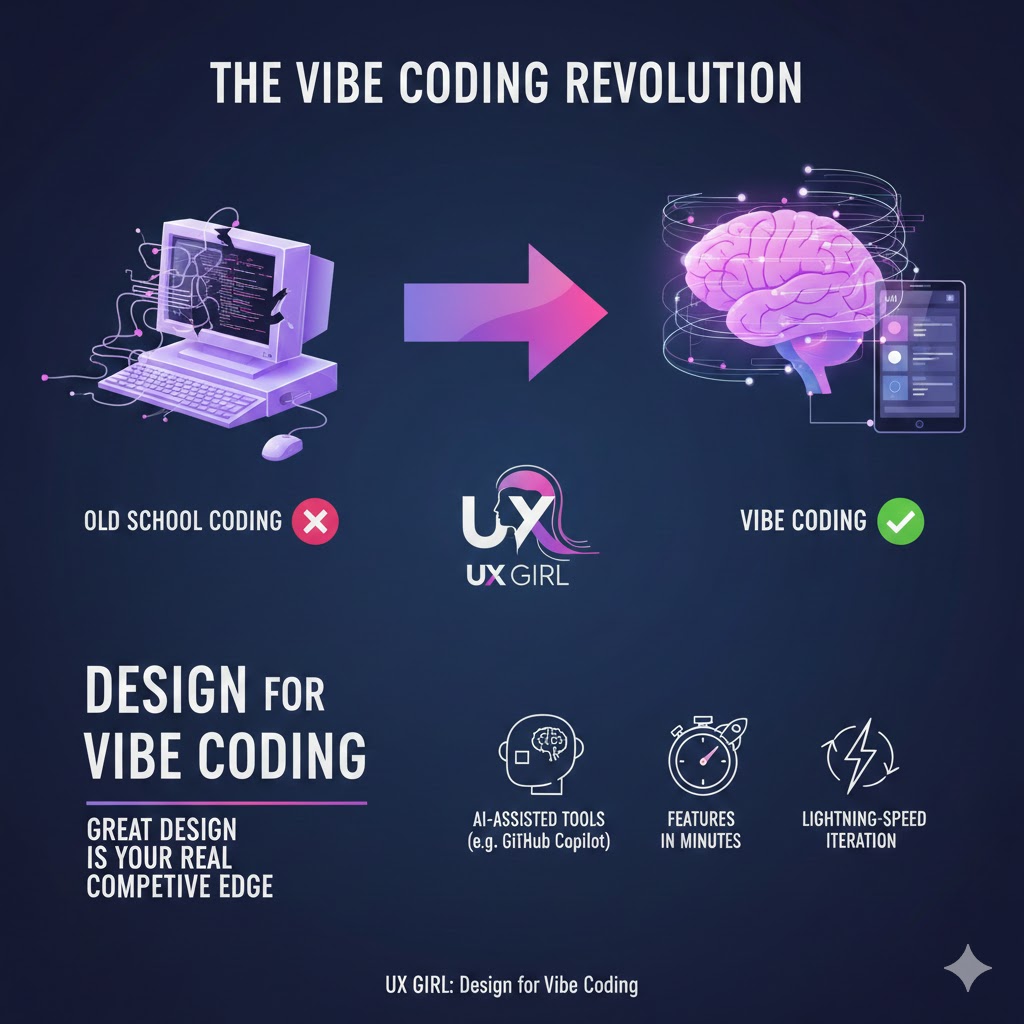In the fast-paced IT industry, software houses are constantly competing for new clients, striving to deliver high-quality solutions. However, it's no longer enough to just excel at coding or implementing advanced technologies. The key to success today is user experience (UX) and user interface (UI) – elements that can provide software houses with a real competitive edge. In this blog post, we’ll explore why UX/UI is crucial for the growth of a software house and how it translates into long-term success.
1. UX/UI as the Foundation for Building Client Value
Modern IT projects are not just about technology – they are also about building relationships with users and delivering value to them. UX and UI are essential parts of this process, helping software houses create products that not only function well but also attract and engage users.
- Understanding the user – UX is based on research and analysis of user behavior. A software house that can design a solution around real user needs not only delivers technologically advanced products but, more importantly, products that meet client expectations.
- A functional interface – UI, the way users interact with a product, is crucial for their overall experience. Even the most powerful technology can fall short if it isn’t presented in an intuitive and user-friendly way. A well-designed UI builds user engagement and encourages continued use of the product.
By focusing on UX/UI, software houses can create long-term value for their clients, directly improving their market position.
2. Improved Project Quality with UX/UI
Incorporating UX/UI into the design process leads to higher-quality projects. The iterative process that involves end-users at different stages allows potential issues to be identified and fixed before the product reaches its final version.
- Faster iterations – With UX prototyping and testing, software houses can detect issues early, avoiding costly mistakes later in the project. This also shortens the time needed for final project delivery.
- Fewer revisions – Thoughtful UX/UI reduces the number of changes and revisions after the project is launched, enabling faster project delivery to clients. Clients receive a more polished product, and the development team can better manage their time and resources.
By minimizing revisions and iterations, software houses can focus on creating innovative solutions rather than fixing issues caused by a lack of UX/UI testing.
3. Higher Client Satisfaction
For any software house, client satisfaction is crucial. Clients return to businesses where they know they will receive high-quality products that meet their business requirements and are easy to use. UX/UI has a direct impact on how clients perceive the final product.
- Improved communication with clients – Involving UX/UI early in the project enables clearer communication with clients about their expectations and needs. Well-defined prototypes and usability testing allow for real-time adjustments that align with client expectations.
- Products that align with client vision – UX/UI ensures that the product better matches the client’s vision, reducing the risk of dissatisfaction after launch. Clients get exactly what they ordered, and often more – a product that not only works but also delights users.
Satisfied clients not only return for future projects but also recommend the software house to others, increasing the potential for new business.
4. Competitive Edge Through Innovative UX/UI Solutions
Software houses that treat UX/UI as an integral part of the design process can offer more innovative solutions. In an IT world where technologies and user expectations evolve rapidly, the ability to quickly adapt to new trends is key.
- Personalization – UX/UI allows software houses to create more personalized solutions that better meet the needs of specific user groups. Personalizing the user experience is currently one of the strongest trends, attracting clients to innovative products.
- Modern interactions – A UX/UI team that stays up-to-date with the latest trends can introduce more engaging ways for users to interact with the product, such as animations, microinteractions, or voice interfaces, helping the product stand out from the competition.
Through innovative UX/UI solutions, software houses can offer their clients more than just standard technology solutions, giving them an edge in the market.
5. Long-Term Financial Benefits
Although involving UX/UI specialists early in a project may seem like an additional cost, in the long run, it brings measurable financial benefits for both the software house and its clients.
- Cost optimization – Fewer revisions and better-defined project requirements early on save costs during project execution. A software house can complete projects faster, allowing them to serve more clients in a shorter time.
- Increased project value – Products with well-designed UX/UI have greater commercial potential. Clients are more willing to invest in solutions that attract users and generate long-term profits.
Long-term client relationships based on delivering well-designed products with strong UX/UI translate into financial stability for the software house.
Conclusion
UX/UI is not just about aesthetics or add-ons to a product – it’s a key element of success for any software house. In the fast-changing IT world, software houses that prioritize strong UX/UI gain a competitive advantage, attract satisfied clients, and deliver products that stand out in the market. Incorporating UX/UI into the design process is an investment that brings long-term financial, operational, and reputational benefits.
In an era where user experience drives product success, UX/UI has become one of the most important factors in building a software house’s competitive edge.


.jpg)


.jpg)
.svg)

.jpg)
.jpg)








